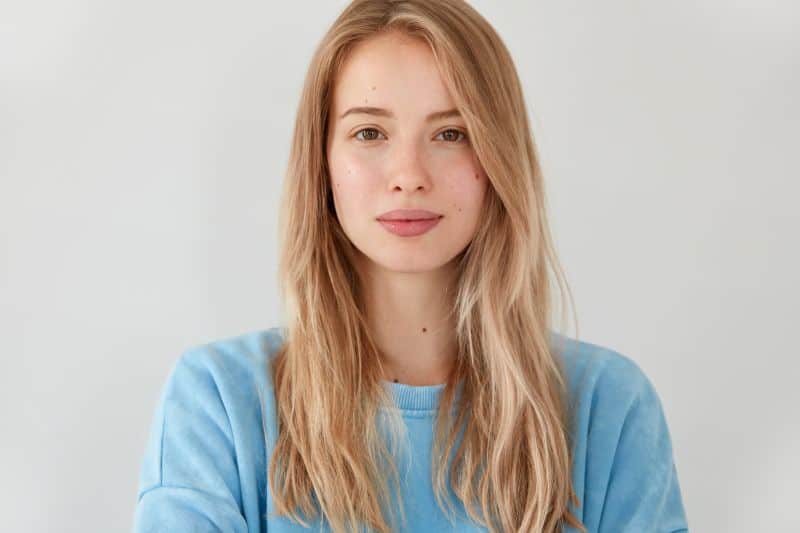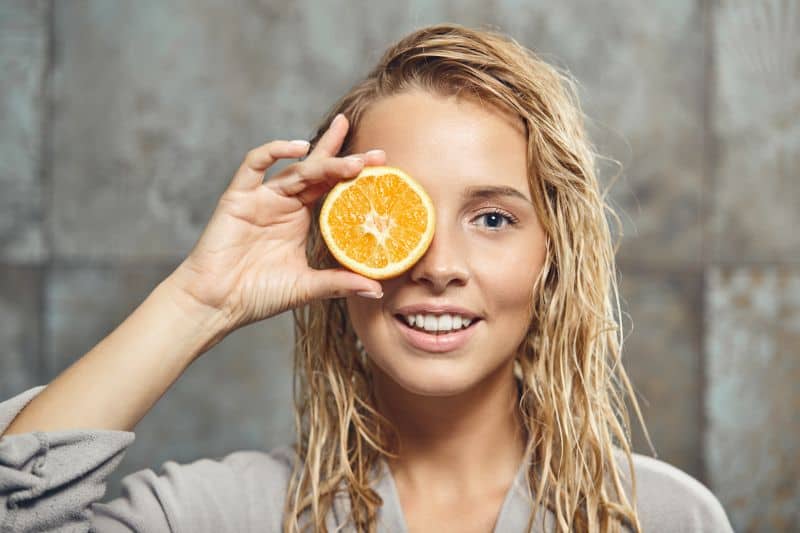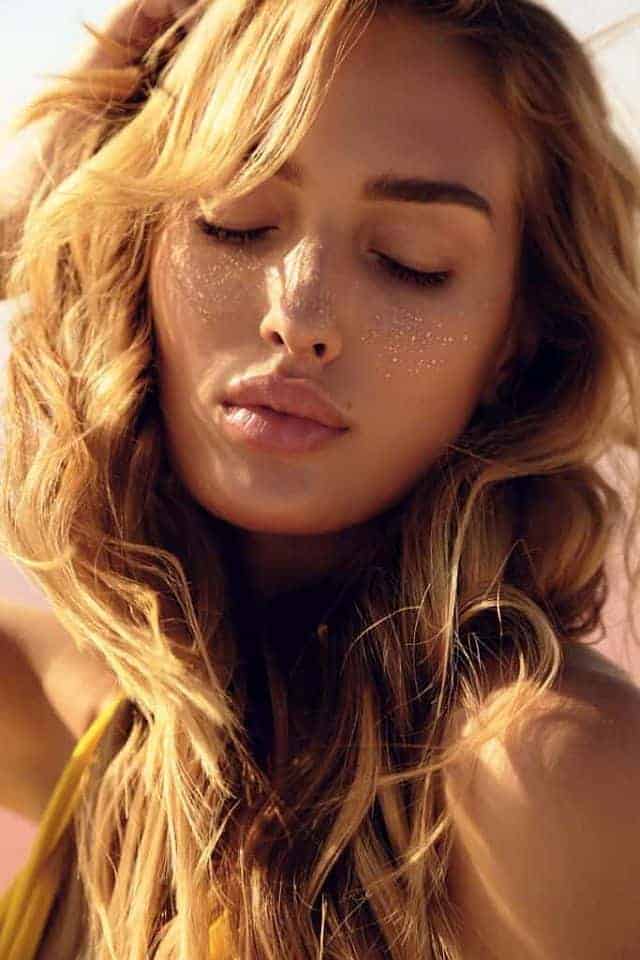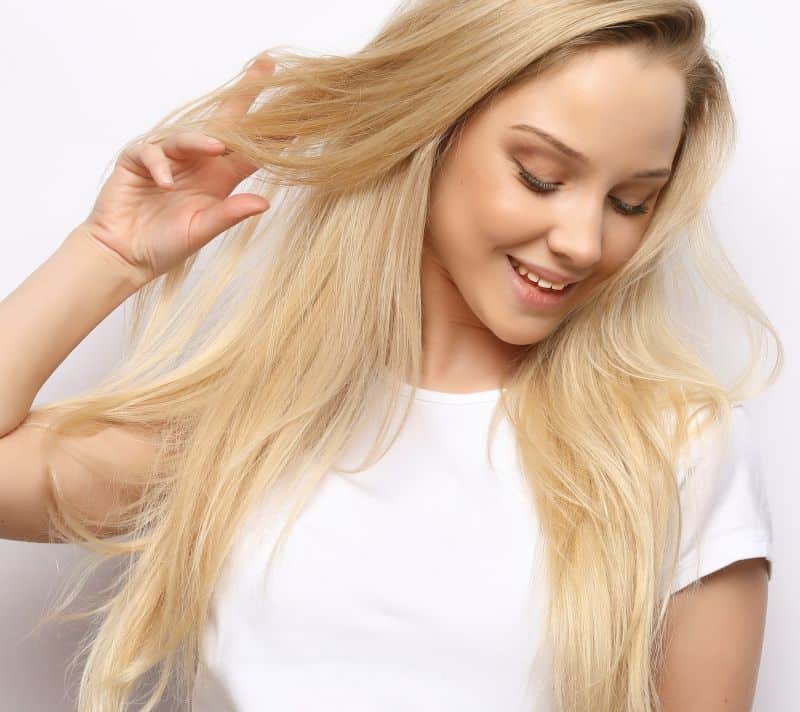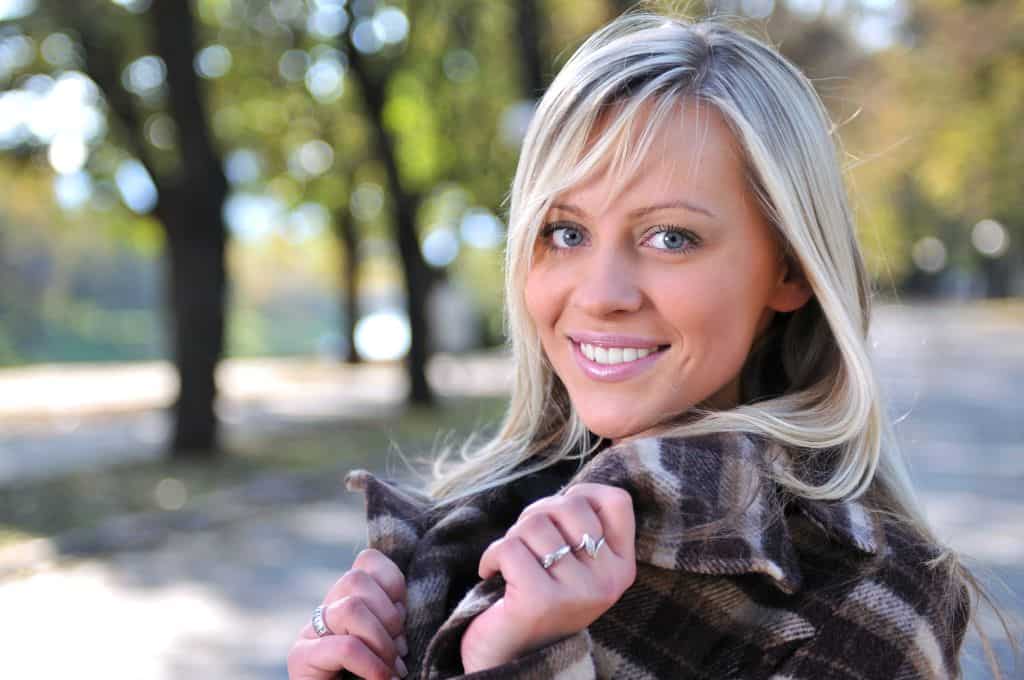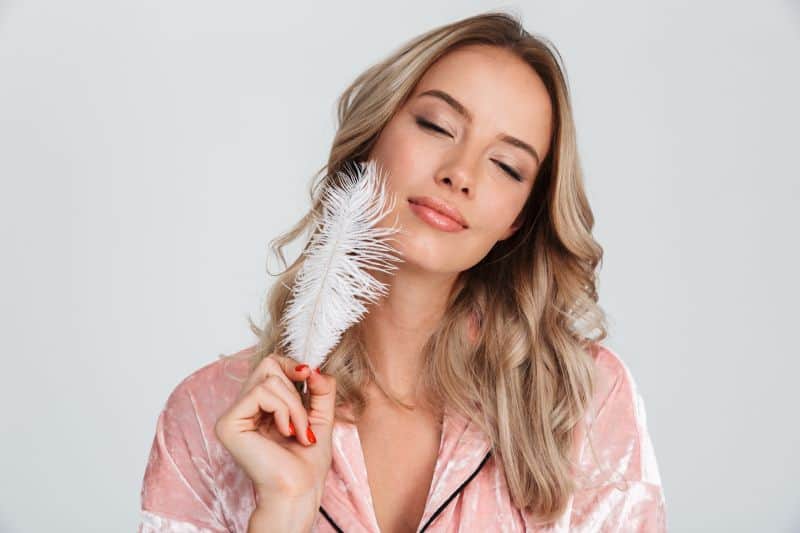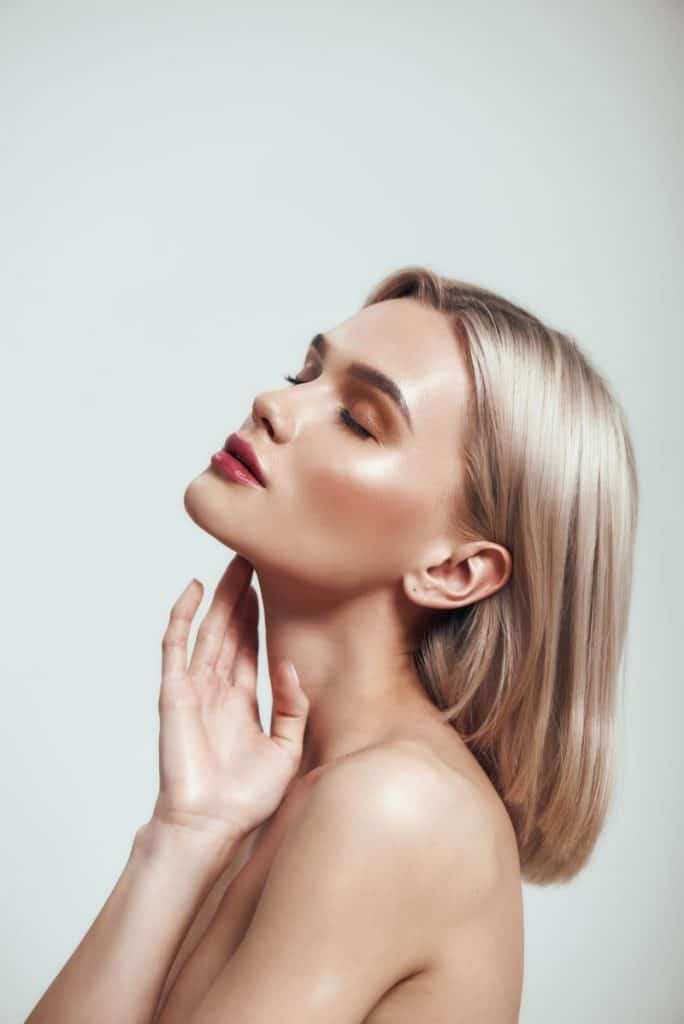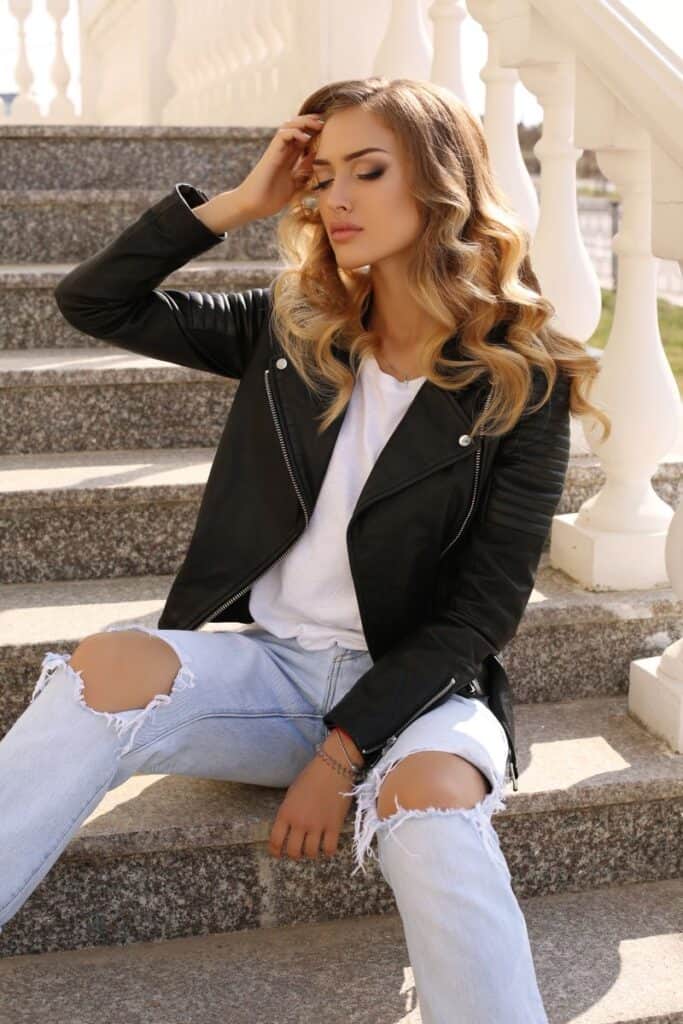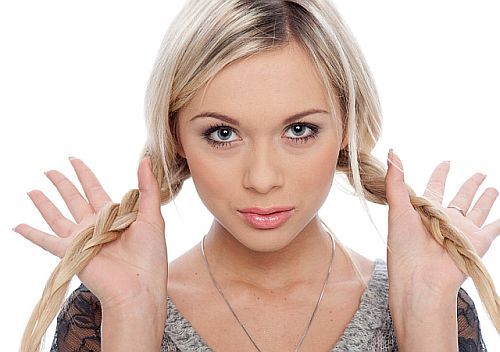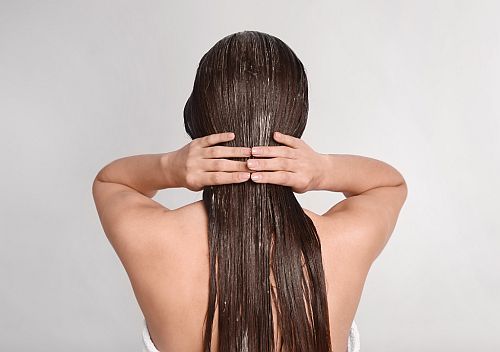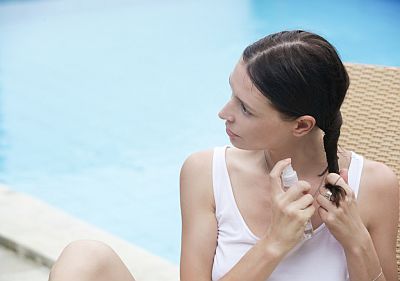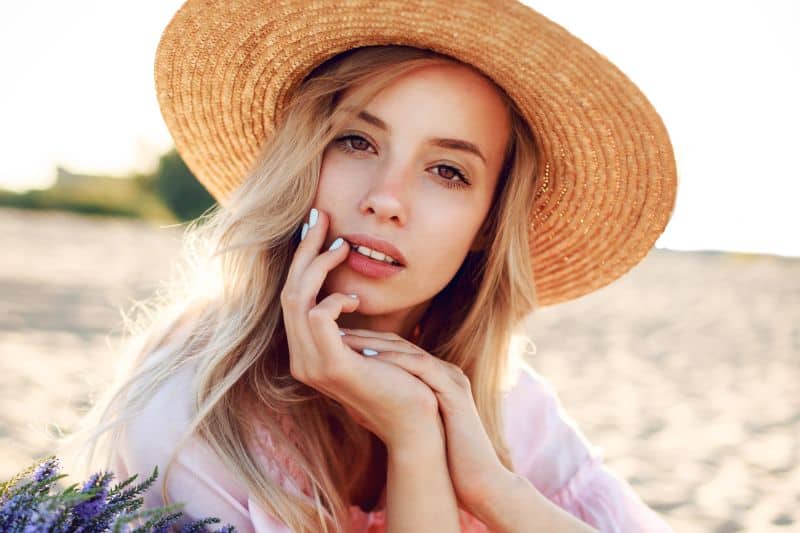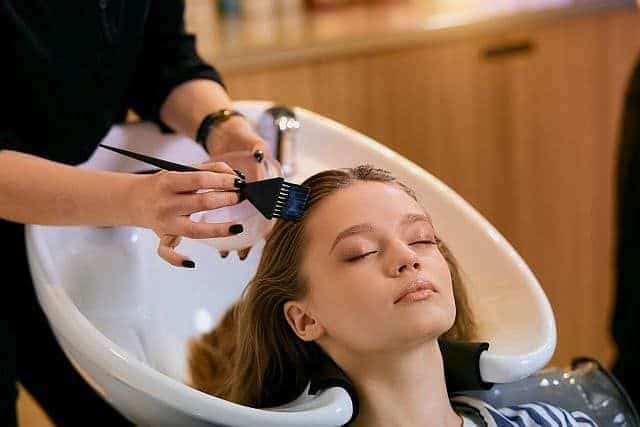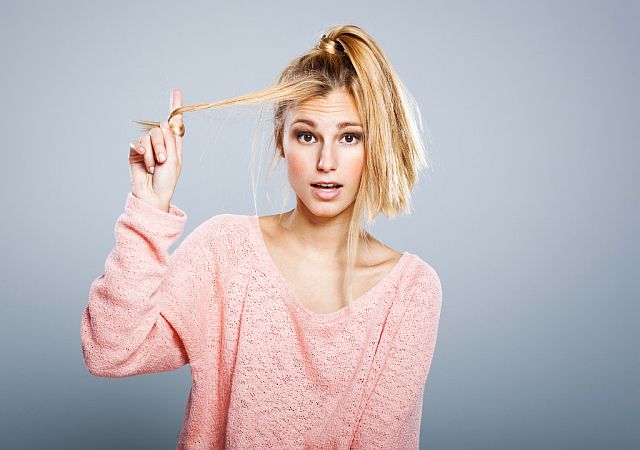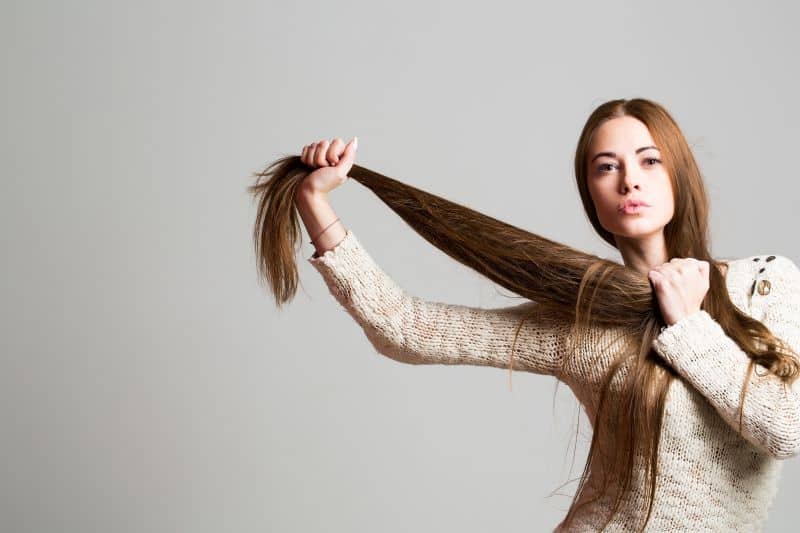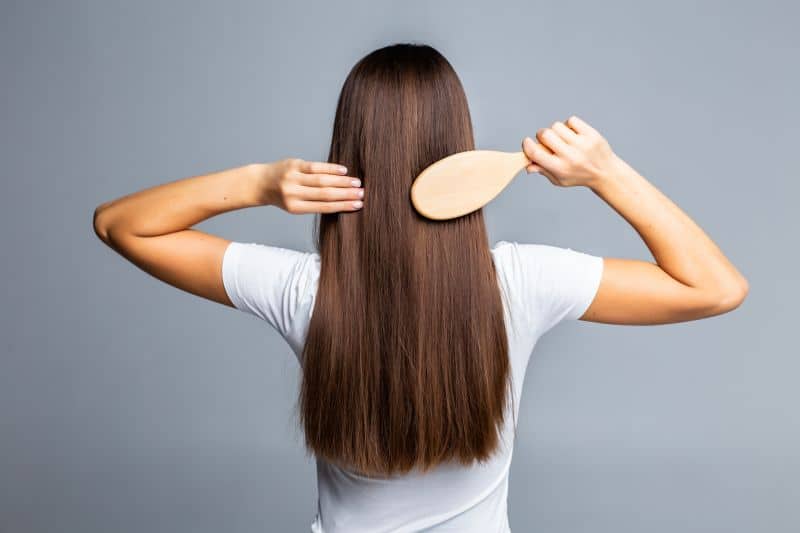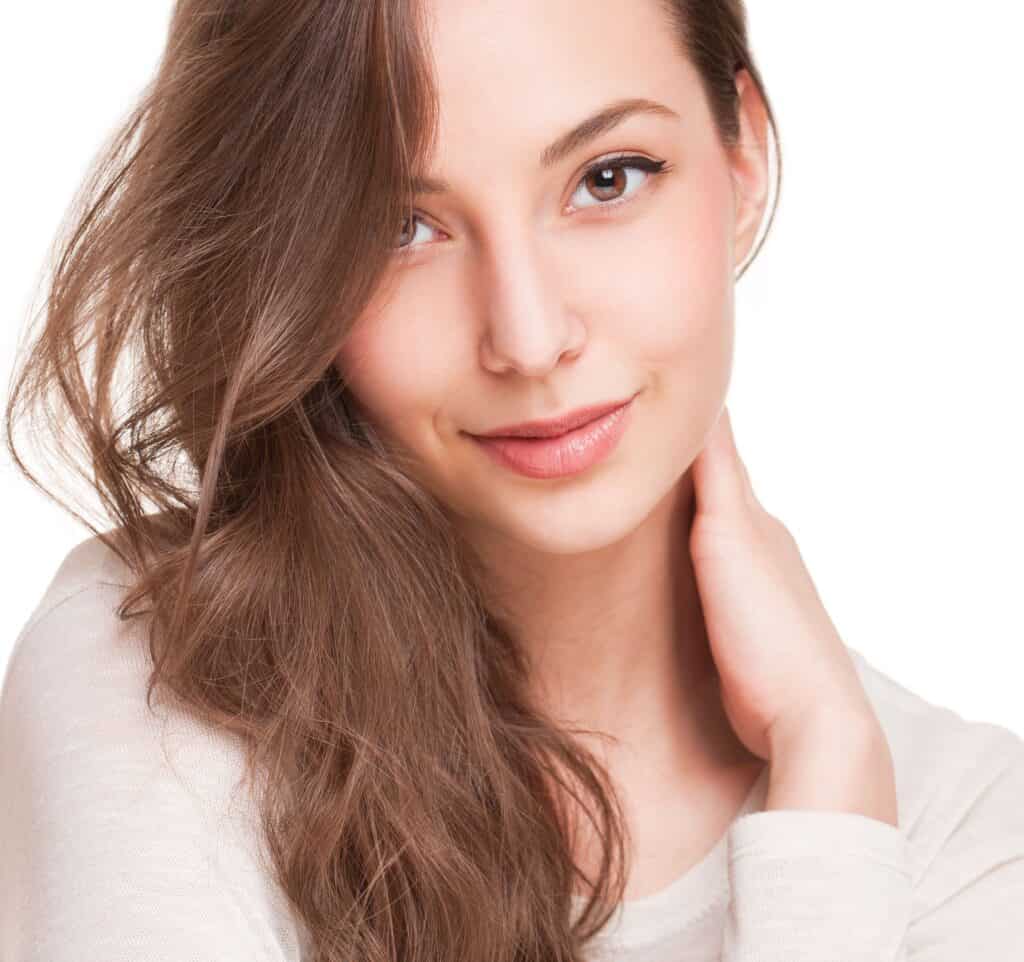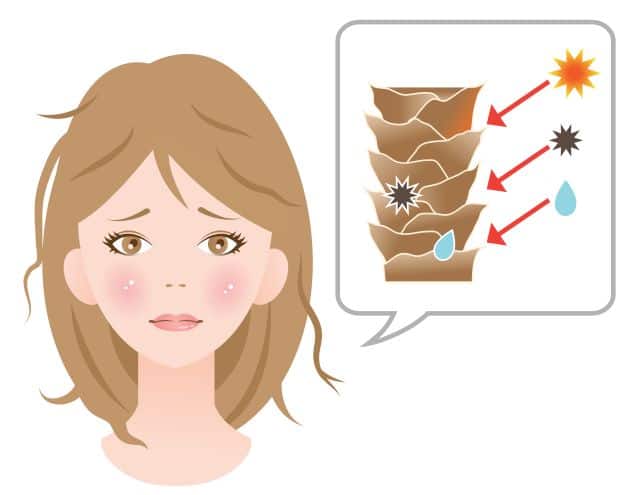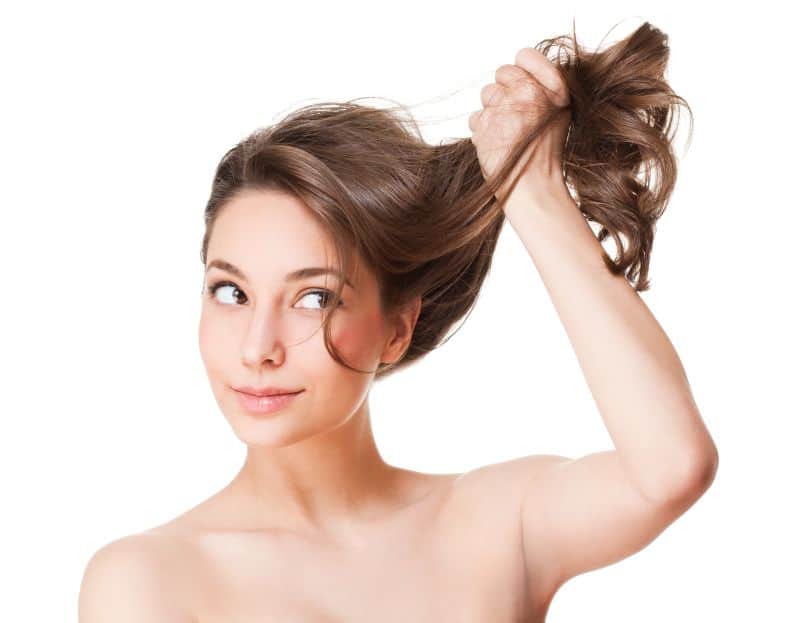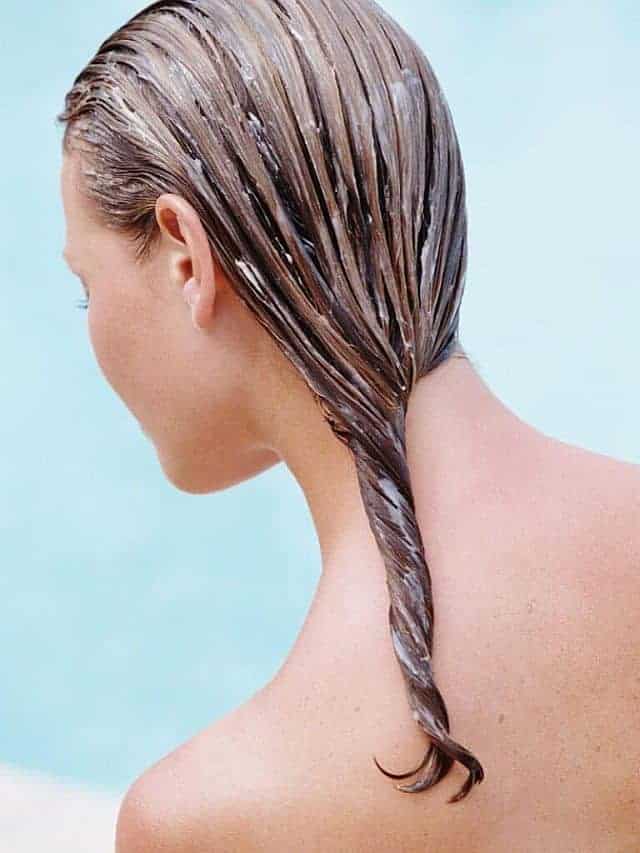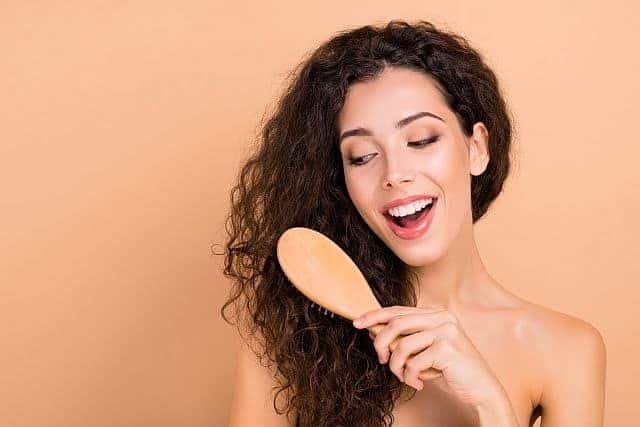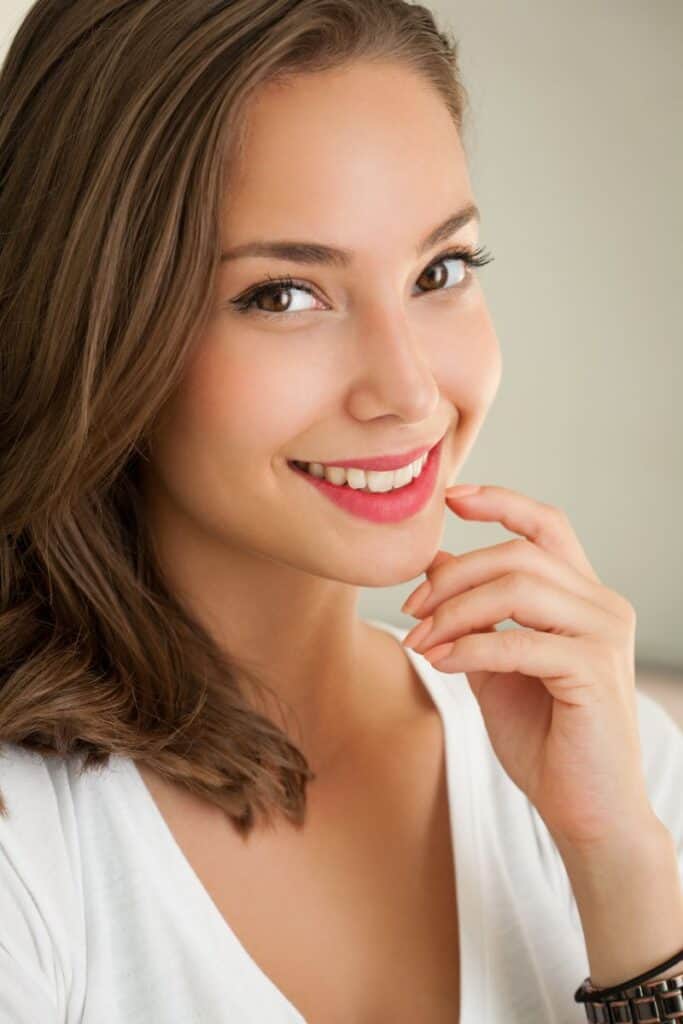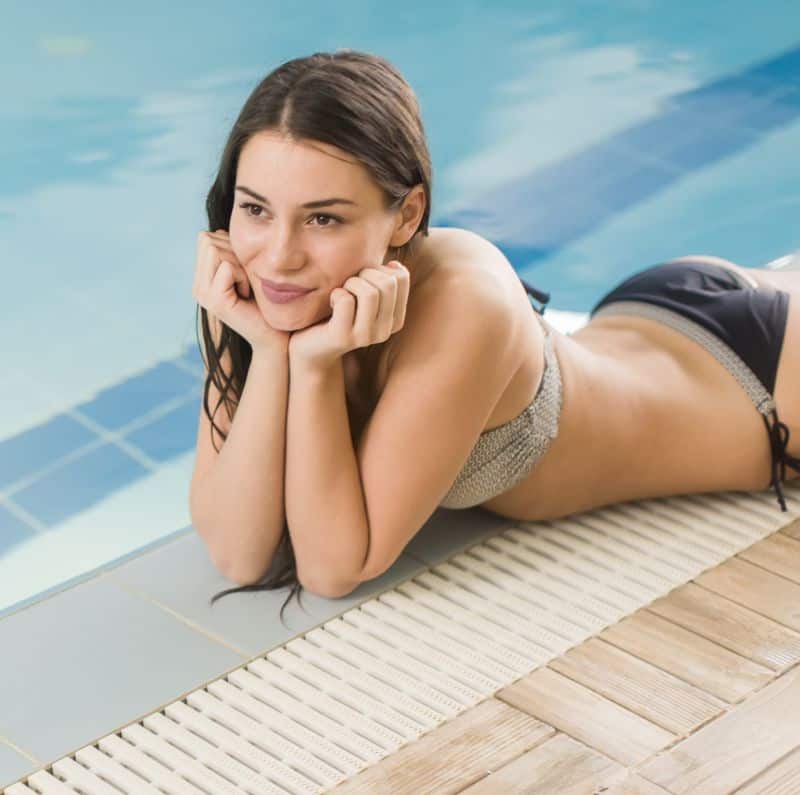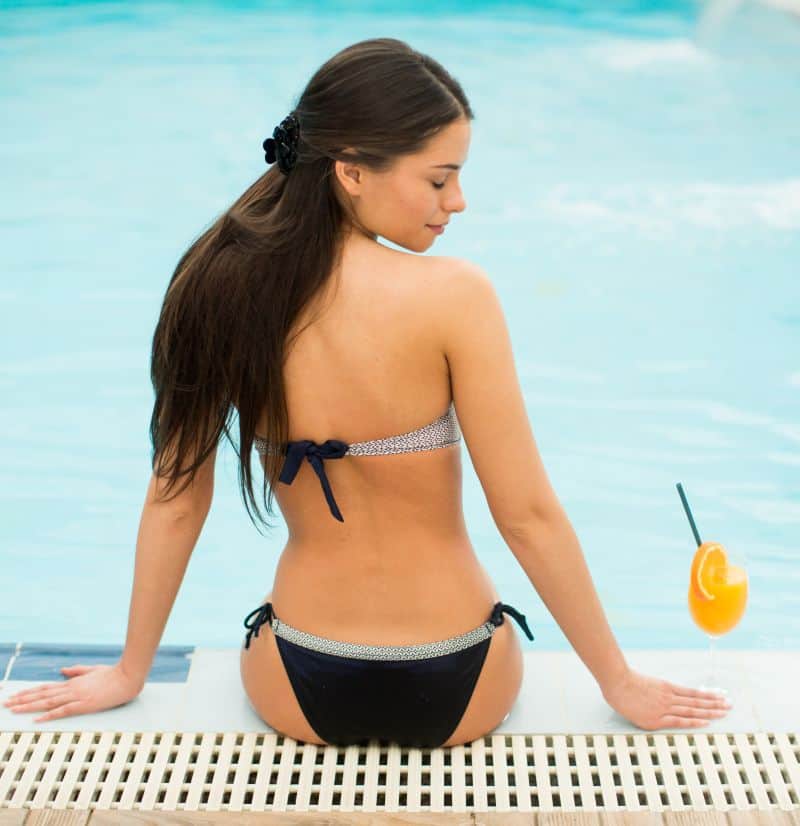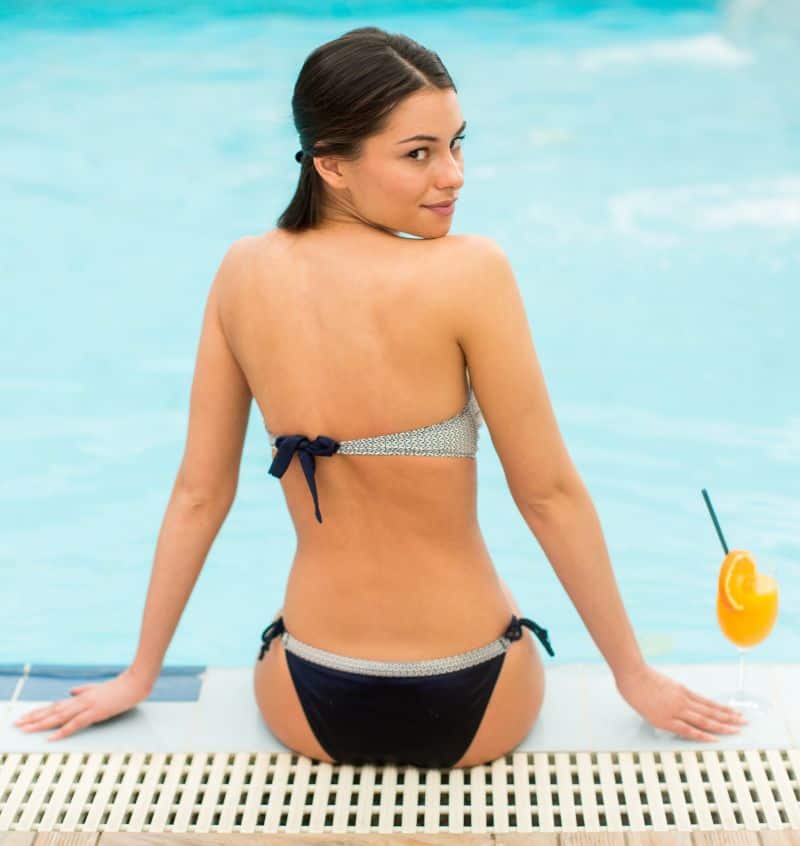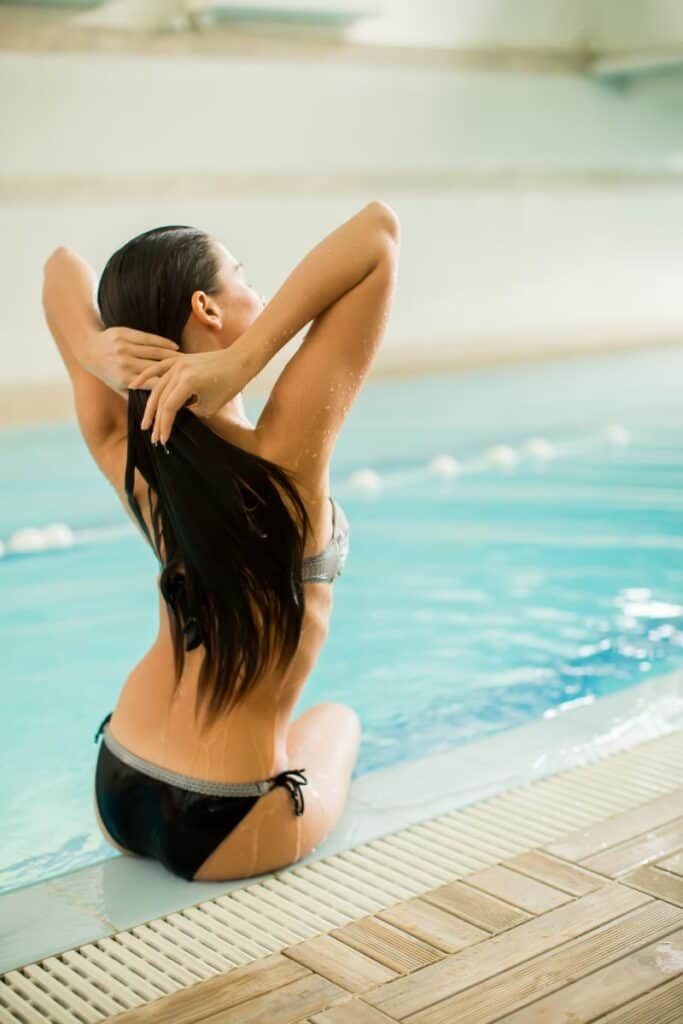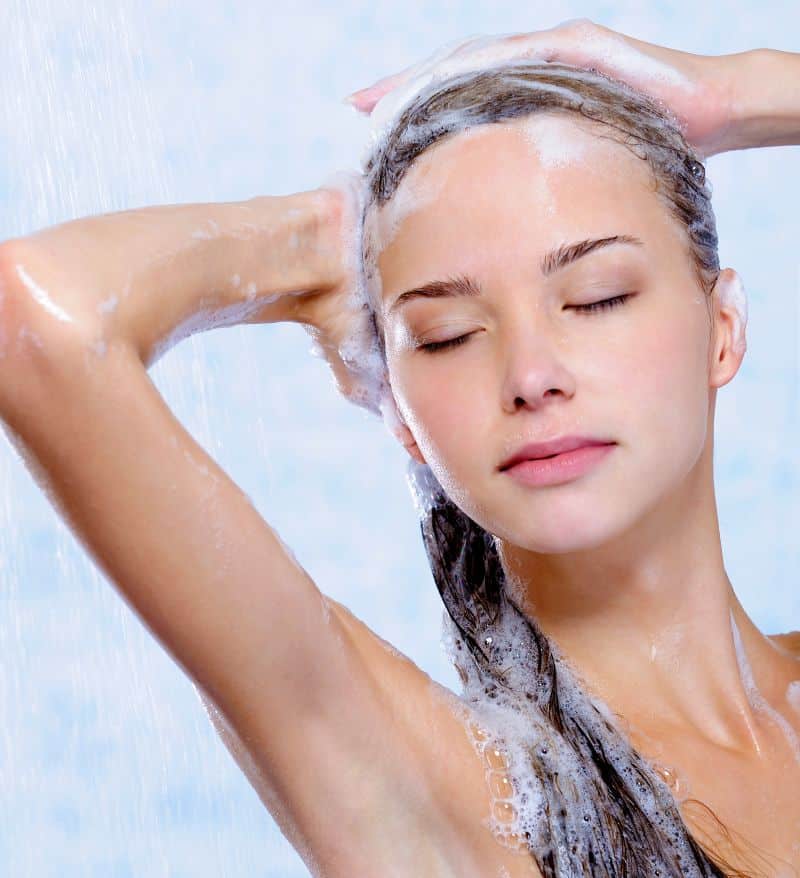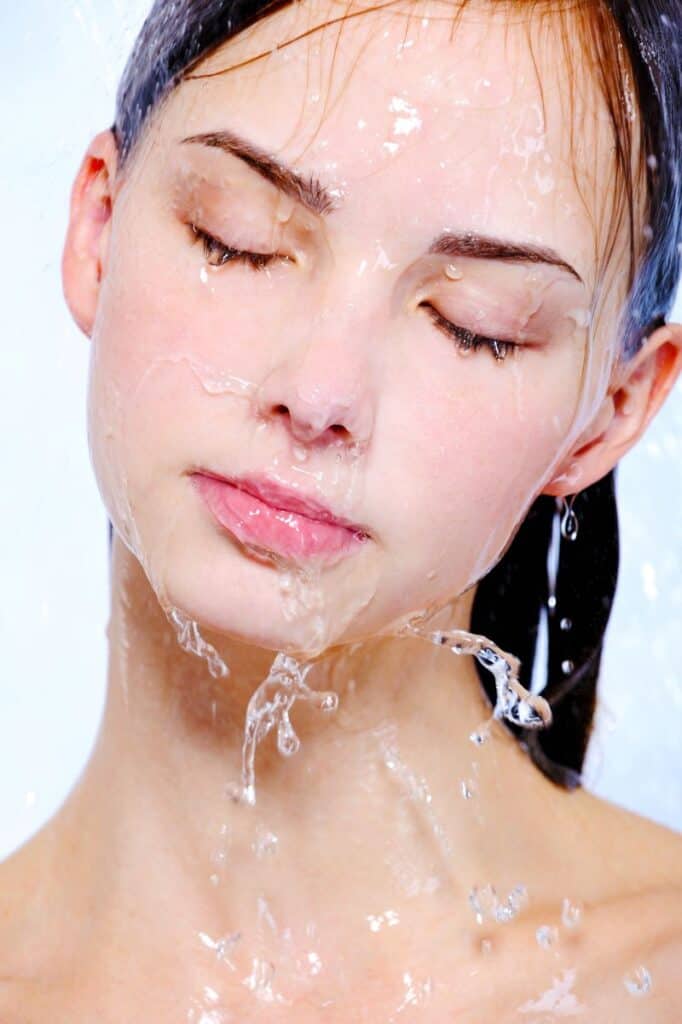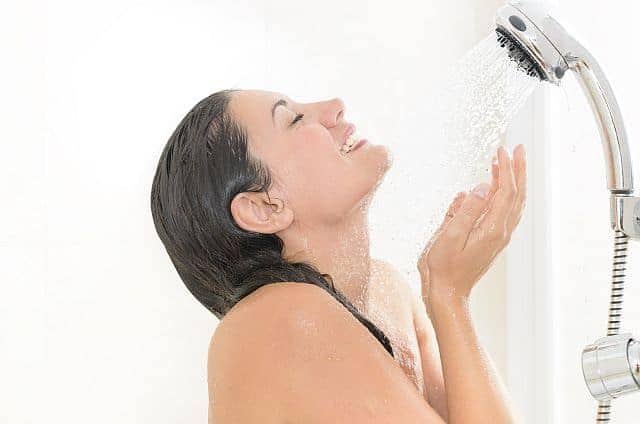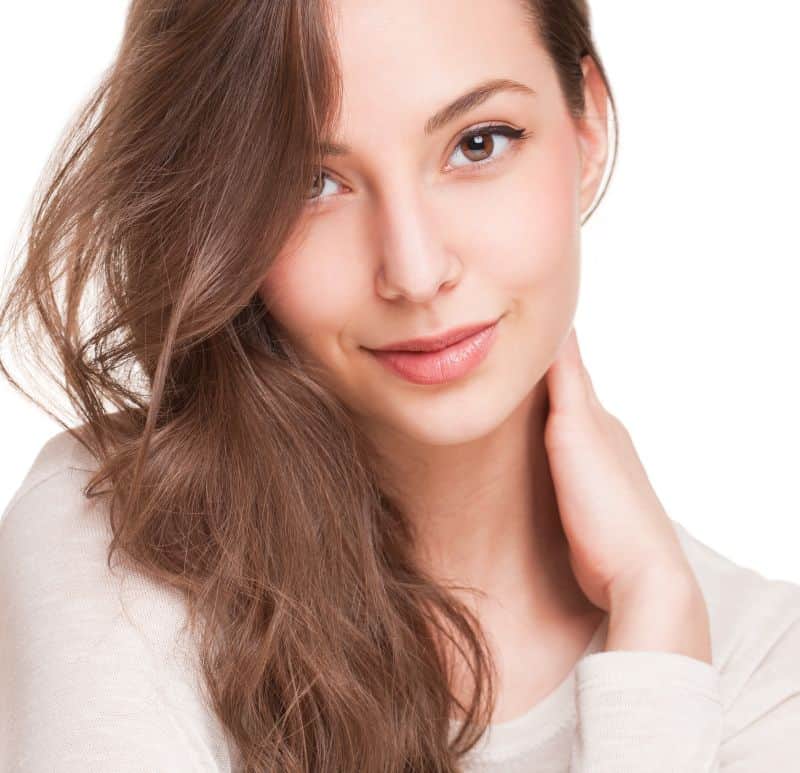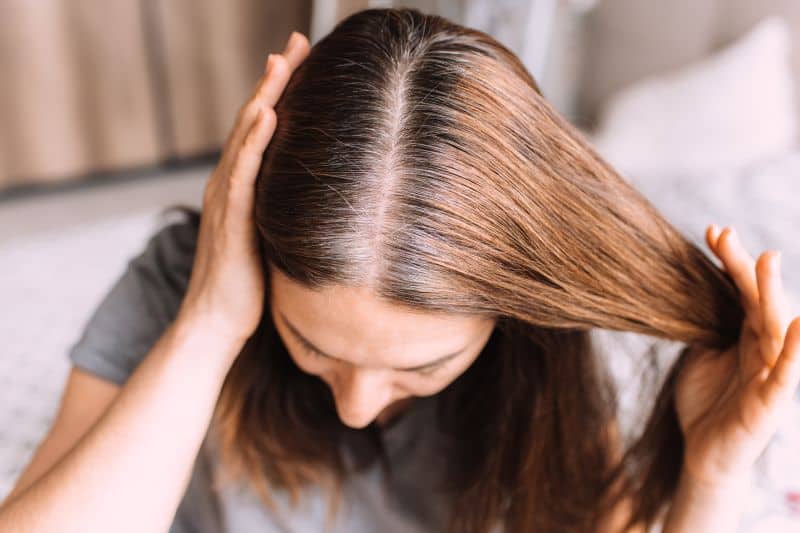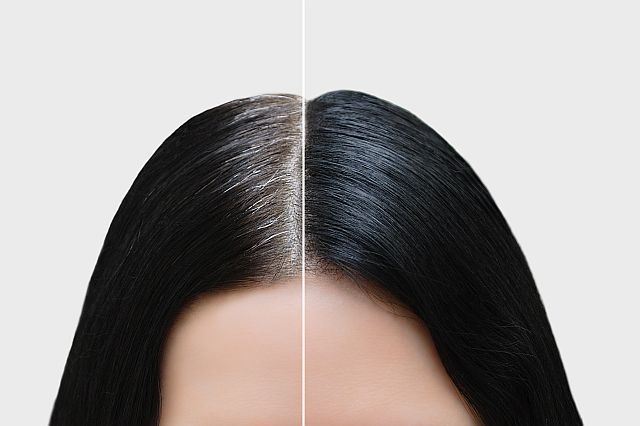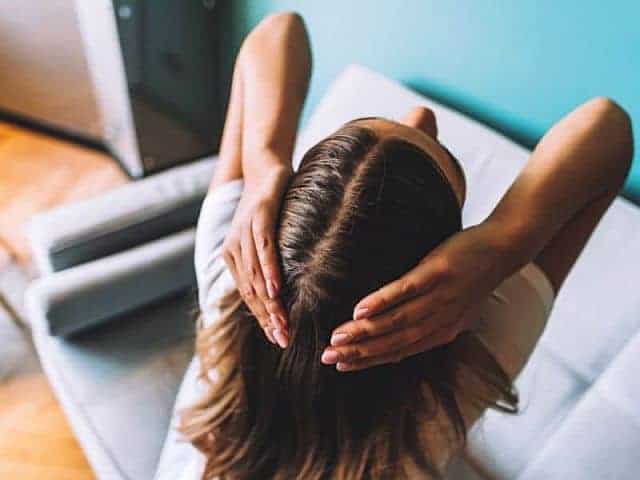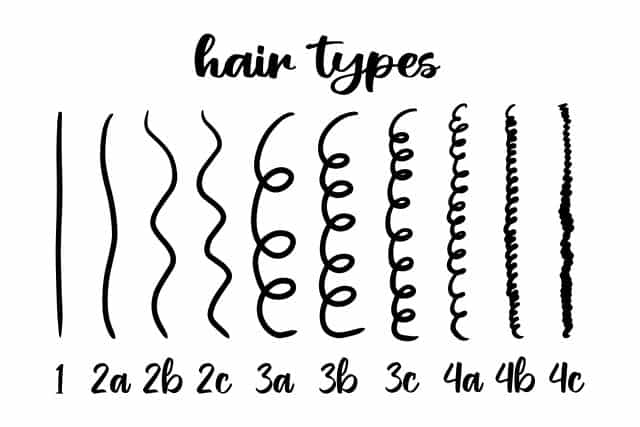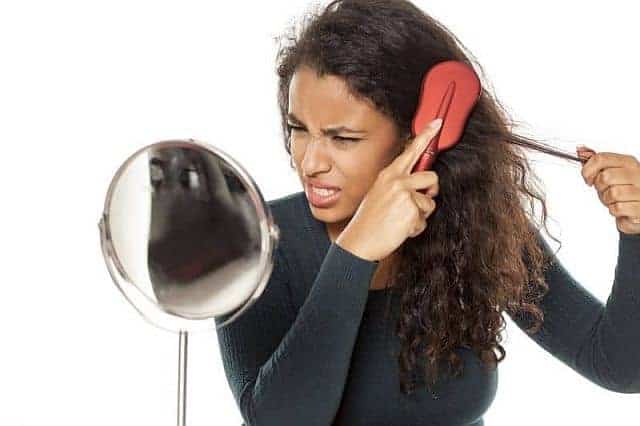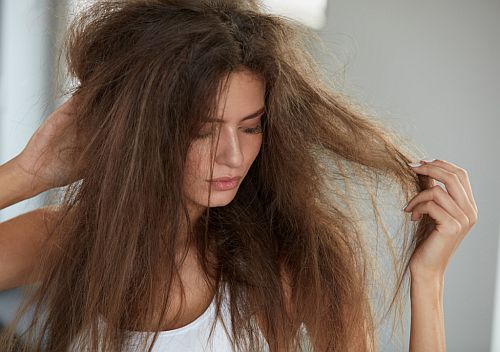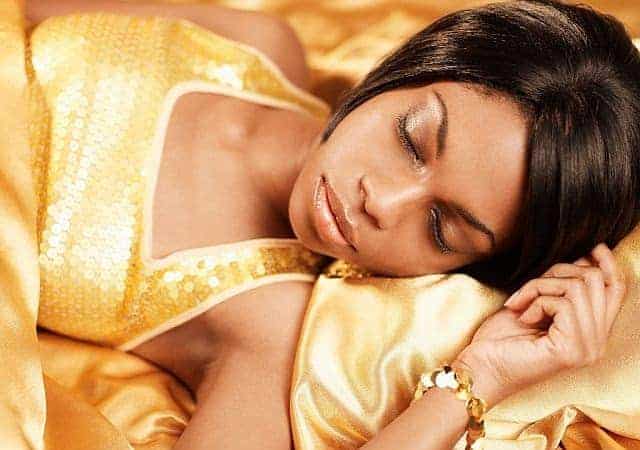Using lighting sprays is an easy way to lighten your hair or add natural-looking highlights. Lightening hair sprays are designed to gradually lighten natural blonde or natural light brown hair. Most of these products can also provide subtle lightening effects on colored blonde and colored light brown hair.
A lightening hair spray is designed to lighten your hair up to two levels, depending on the amount of the product you use and how frequently you apply it. Exposure to the sun and using hot tools can speed up the lightening process.
You’ll need to apply the product at least a few times before seeing any noticeable effects. The first results are usually visible after 3 – 5 applications. If you have medium blonde hair, it may take about 10 applications to achieve a light blonde shade.

Lightening sprays work best for darker shades of blonde hair. Formulas designed for blondes are generally not effective on darker brown hair because they can’t lift enough and may leave red tones in dark hair. However, certain brands can be used on any shade of brown hair without unwanted effects.
Ordinary lightening sprays are peroxide-based and potentially damaging to hair, especially if your hair is already damaged by frequent coloring. Make sure to avoid peroxide-containing products or use them in moderation.
Fortunately, there are lightening sprays formulated with natural lightening agents and these sprays also may contain nourishing and conditioning ingredients. These conditioning ingredients protect your hair from heat and environmental damage and help keep your locks soft and hydrated. Natural-based hair-lightening sprays also have a more pleasant smell than their peroxide-based counterparts.
What are the Active Ingredients in Hair Lightening Sprays?
Popular brands that use hydrogen peroxide in their formula include Sun In Hair Lightener, John Frieda Sheer Blonde Go Blonder Controlled Lightening Spray, and Schwarzkopf Blonde Ultimate Lightening Spray. Make sure to check the ingredient list before making your purchase.
Some lightening sprays contain heat protectants to prevent damage to the hair when you use heat to maximize the lightening effect.
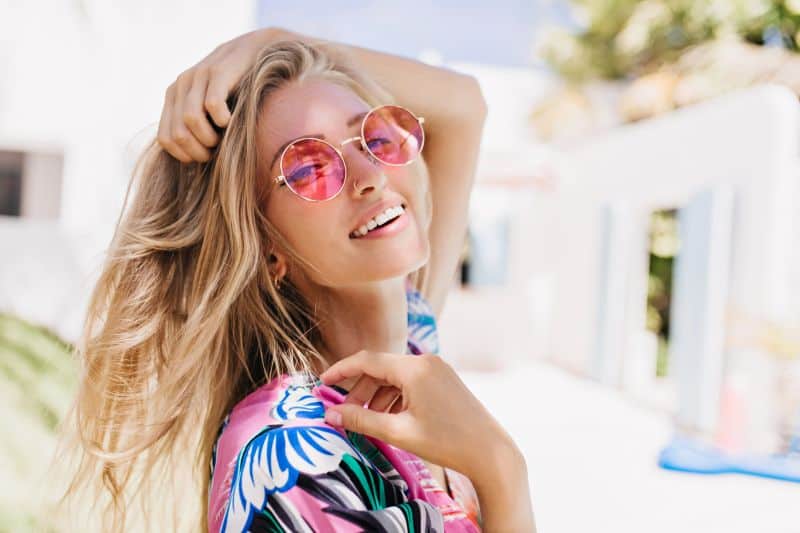
Natural-Based Sprays that Can Lighten Your Hair
This post contains links to Amazon. The publisher may get paid if You purchase something through the links without additional costs to You.
Natural lightening sprays gently brighten up blonde hair without using bleaching agents. The most common lightening agents in lightening sprays are citrus, chamomile, and honey.
1. Klorane Sun Lightening Spray is formulated with plant-based ingredients including chamomile and honey. It works on naturally blonde hair, as well as on color-treated, highlighted, and bleached blonde hair. The product is made without bleaching agents and you can apply it either to towel-dried or dry hair.
2. Gnarly Head Biodegradable Beach Blonde Gentle Lightening Spray produces subtle lightening effects using natural lemon juice. The formula is free of harsh chemicals and peroxide. It contains chamomile and plant extracts to nourish and condition hair and make detangling easier. For the best results, you should expose your hair to sunlight after application.
3. Alterna Caviar Anti-Aging Blonde Brightening Mist Luminizer (Walmart) uses lemon, chamomile, and honey extracts to enhance blonde tones and highlights in natural blonde and dyed blonde hair. This hair mist protects hair from harmful sun rays, eliminates brassiness, and prevents hair color from fading.

Peroxide-Based Lightening Hair Sprays
John Frieda Beach Blonde Sun Streaks Lightening Spray creates subtle, permanent highlights like the sun would in the summer. It gives your hair a natural-looking beachy blonde look. This spray provides the best results on virgin blonde hair but will also work on dyed blonde hair.
Ingredients that work to lighten hair are hydrogen peroxide and natural lemon.
The formula is UV-activated and makes your hair appear like it has been naturally lightened by the sun. It also helps prevent brassy, orange tones in blonde hair.
For best results, apply this product to clean towel-dried hair before going out in the sun. Use it once between hair washings and avoid applying it to regrowth.
Hair Lightening Sprays for Brunettes
Lightening hair sprays are preferably made for blonde or light brunette hair. If used on darker hair, they can leave reddish tones. Make sure that the product is designed for darker hair before making a purchase.
Chamomile Intea Natural Blonde Highlights Hair Lightening Spray is advertised to help blondes and brunettes to achieve a lighter color and blonde highlights. The formula contains natural chamomile extract.
The product description says that it lightens hair with natural chamomile and “the smallest amounts of Hydrogen Peroxide”. How small is “the smallest” amount of Hydrogen Peroxide? It is impossible to know if it is small enough to be completely safe for anyone’s hair.
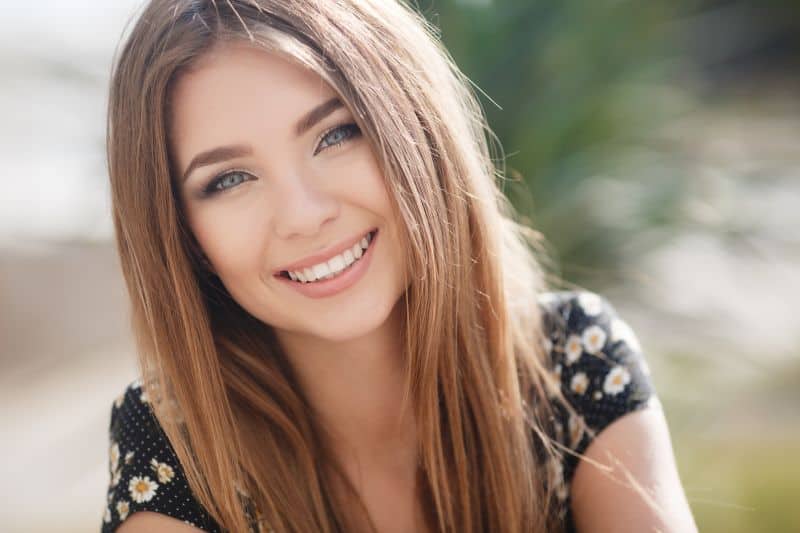
Benefits of Using a Lightening Spray
- A lightening spray for blonde hair helps you make a move towards brighter blonde hair while keeping your blonde hair from turning brassy.
- This product gives you natural highlights and saves the money you would spend on visiting a salon to get highlights.
- A lightening hair spray also enhances the highlights you already have.
- Lightening spray also helps blend in your darker roots between color services, so you can go longer between professional touch-ups. This means that you use fewer chemicals. However, don’t expect this benefit from peroxide-containing lightening sprays, as these can damage your strands and cause hair breakage.

How to Use a Lightener Spray
Lightening sprays generally work best on damp hair. Spray the product onto your towel-dried hair, focusing on areas you wish to lighten.
For streaks, spray only those sections of the hair that you want to lighten. For all-over lightening, comb through your hair to evenly distribute the product. Don’t wash your hair the same day after you apply the spray to give the product enough time to work.
For a more intense effect, apply heat or spend some time in the sun.
To get desired results, you may need to use this product repeatedly.
To retain the results, repeat the procedure every few weeks.
It is advisable to apply a lightener spray in a well-ventilated area. Make sure not to inhale the mist or use it near your eyes.
Be aware that lightener sprays can dry out your hair, especially those that contain hydrogen peroxide and drying alcohol. Make sure to use a moisturizing conditioner after each shampoo. Use a deep conditioning masque at least once a week to fight the dryness and prevent hair breakage.

Hair Lightening Gels
The most popular gel that can make your hair lighter is L’Oreal Paris Summer Lights Hair Lightening Gelee. This styling gel is easy to use and will gradually lighten hair with each application. For brighter results, you need to apply heat or spend some time in m the sun.
This gel formula contains hydrogen peroxide and doesn’t work on hair that is darker than light brown. Another downside is that it is not suitable for color-treated or gray hair.


